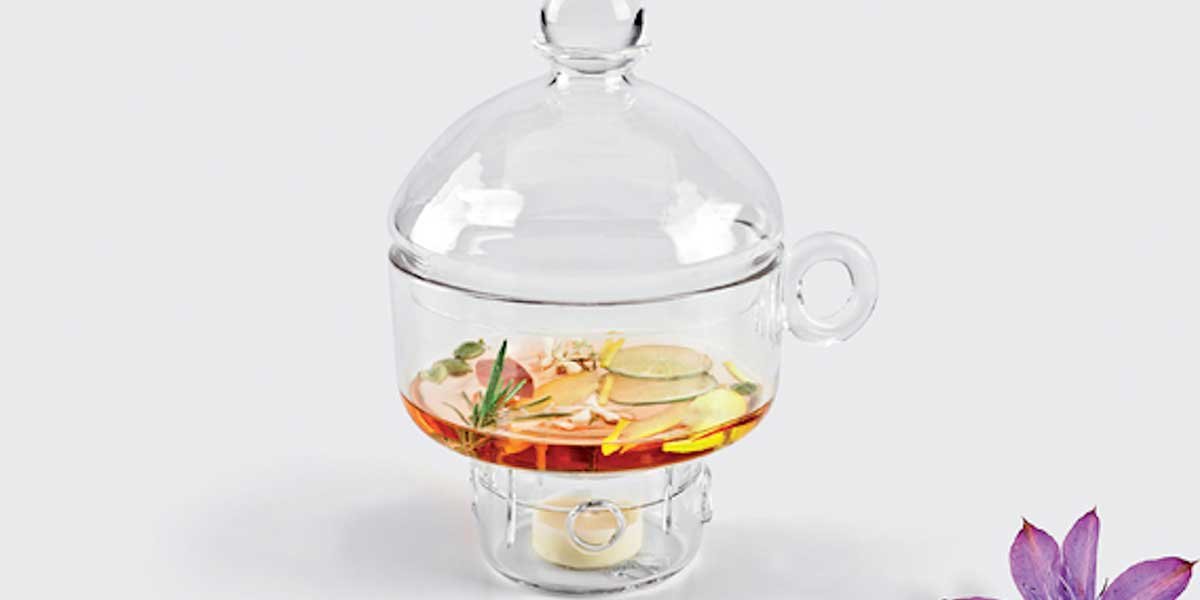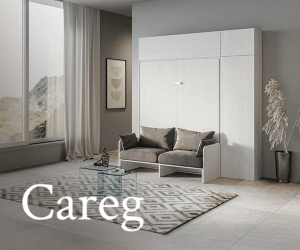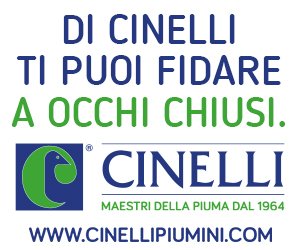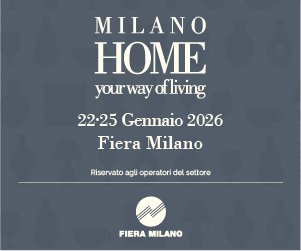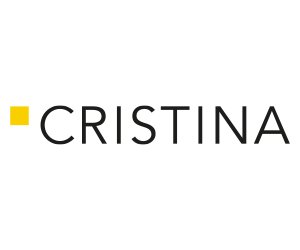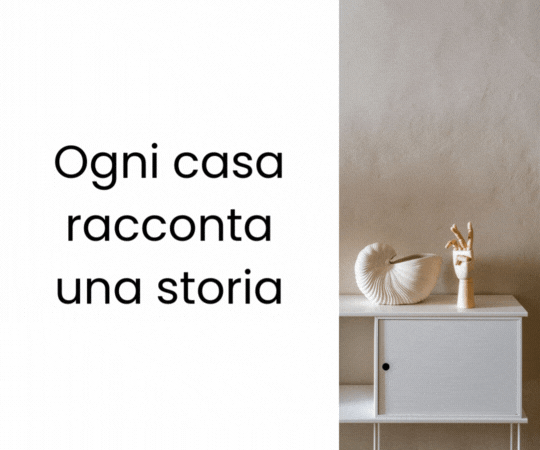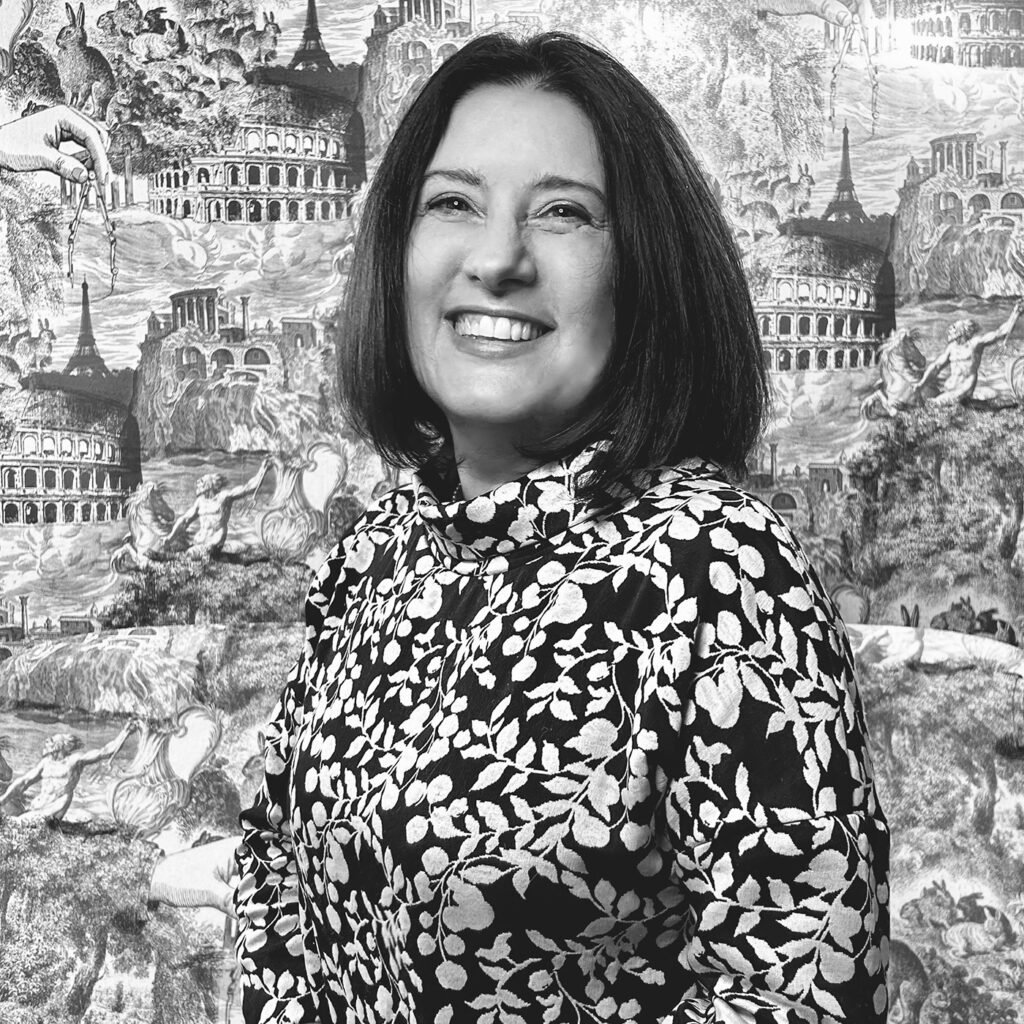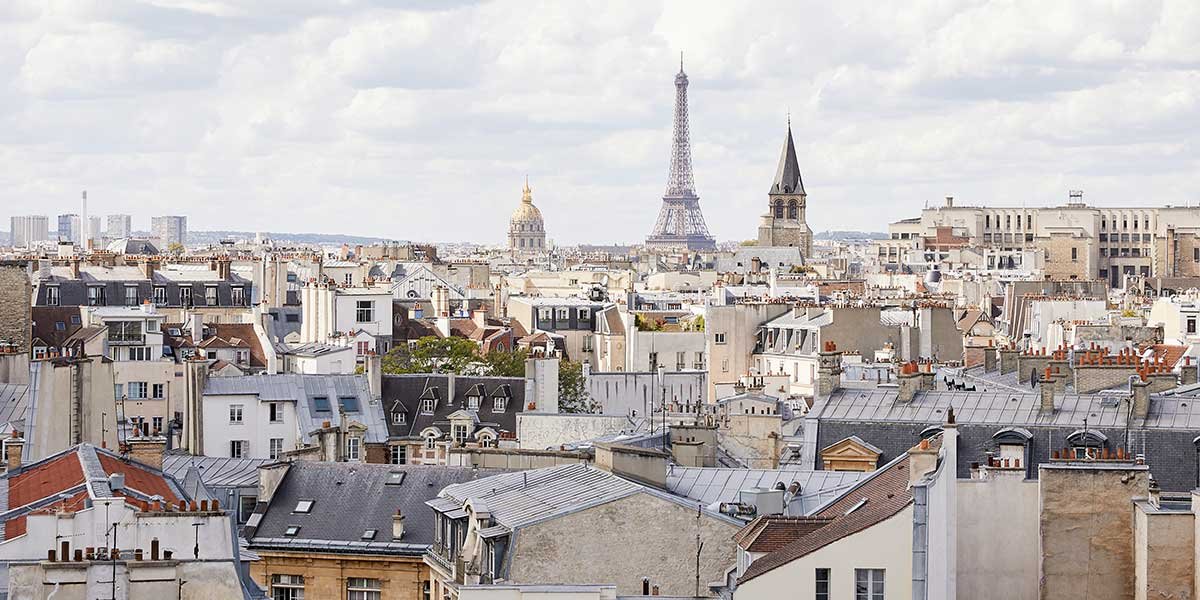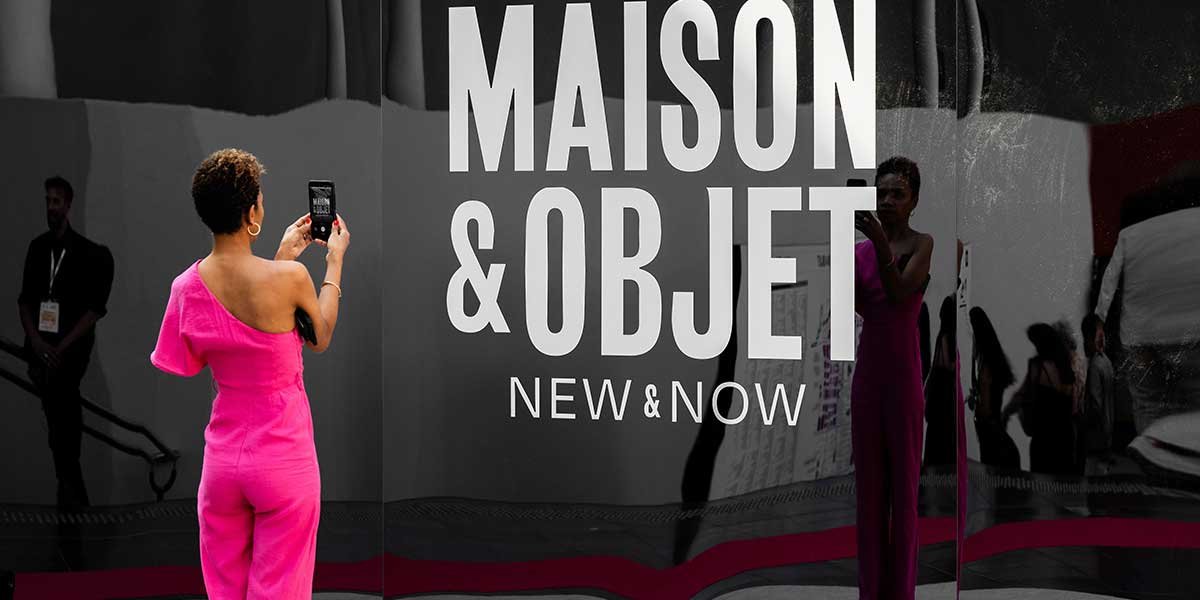Eclectic, meticulous, and ingenious Cristian Visentin, born in 1972, works in industrial design, spanning genres, materials, inspirations, and products. Born in Varese, he graduated from the Politecnico di Milano in Design and has recently started his own studio in Pavia, focusing on industrial design, graphics, interior decoration, and architecture. Whether it is tableware, furniture, or products, his works always strive for product quality and a committed and concrete attention to the sustainability of the projects realized.
What is the heart of your design? What does it intrinsically bring to the environments where it is used?
My idea when designing my products is to bring something new that can emotionally engage those who will use them in everyday life, without ever neglecting the functional aspect, which must always be present. I always pay a lot of attention to the quality and design of the objects I create because I believe it is more important to give an emotional, personal value to what surrounds us, even when it is inanimate. Additionally, higher quality also means greater durability over time, which I consider fundamental for serious sustainable development.
Nest, a ceramic tableware line with hand decorations inspired by the roofs of Buddhist temples, made for Altromercato.

In the process that leads to the creation of a product, what is the most important moment?
The part of the entire production process that is closest to my heart is certainly the initial phase of each project, when the core idea is developed, which will take shape in the final product, thanks to dialogue with the company. It is a precious moment full of potential and collaboration. As an industrial designer working closely with companies, I highly value the exchange with the client, which is fundamental for me to ensure that the final object is not sterile but the product of a lively exchange and dialogue, with a story and an origin.
When this reciprocal and constructive exchange between the two parties, designer and client, is found, then all other moments of design are surmountable, including the most critical ones. Usually, problems arise from unclear communication between the two parties and the misunderstandings that can ensue, or from technical or economic limitations, both of which can be overcome or at least addressed in the presence of clear and constructive dialogue.
Oil & Ace, glass containers for condiments. The triangular cap, when flipped, also functions as a funnel to facilitate filling.
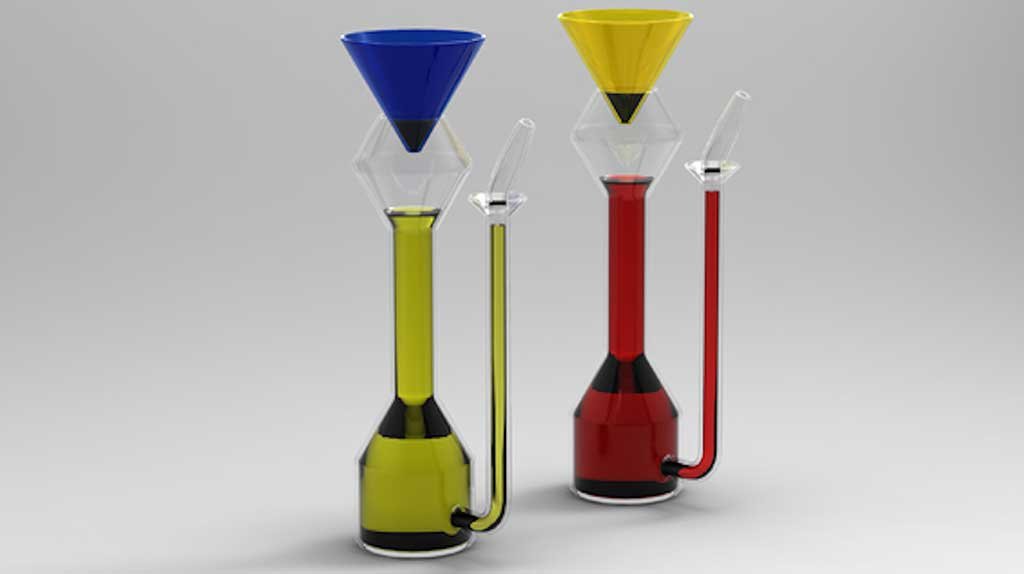
What is the most important, central, and indispensable element in your works, that makes them yours?
Each new project is a new challenge and a long journey, and as such, none is ever the same as another. Therefore, there is no element that unifies them as objects or that identifies me as the designer of the work: my goal is not for my identity to be the first visible and evident thing, but to be recognized for the quality of the project, whether through the use of the right proportions or the materials used, respecting the nature of the project and the environment, to always create a balance between the parties.
In essence, what I want to imprint in the work are not specific elements, but the final use that is made of it, which obviously changes depending on the project. Additionally, working with companies, it is always important to highlight the typical characteristics of the clients that change from project to project, and not to channel them all into my own unique and inflexible vision.
Portrait of Cristian Visentin.

On the cover, Tagè, designed by Chef Gennaro Esposito and intended for the creation of a refined pre-dessert that can be heated with a candle directly at the table.



